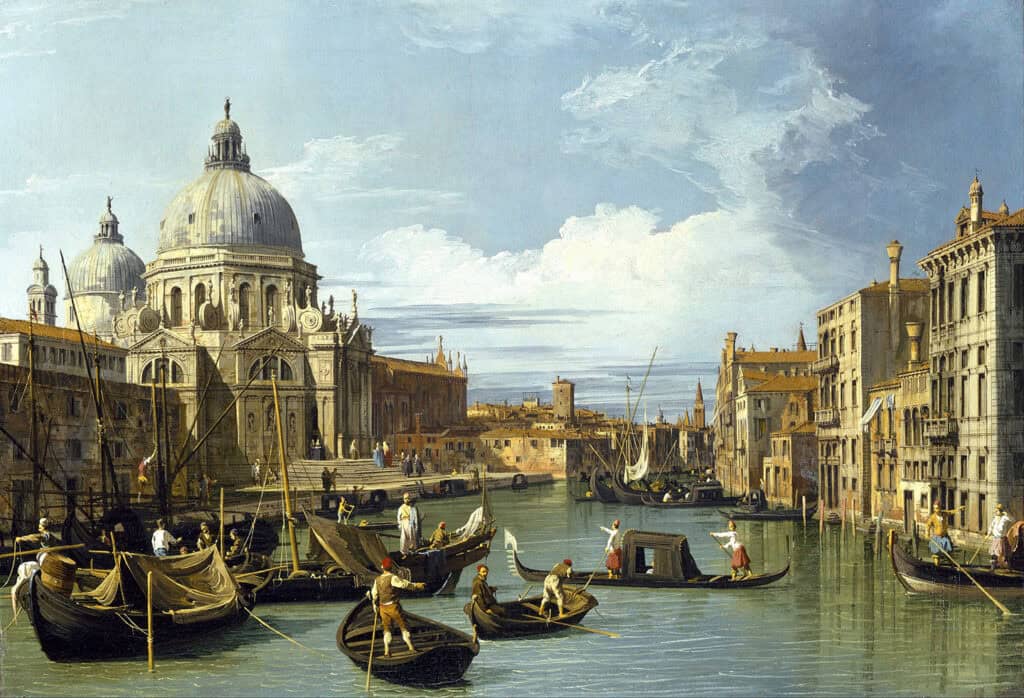
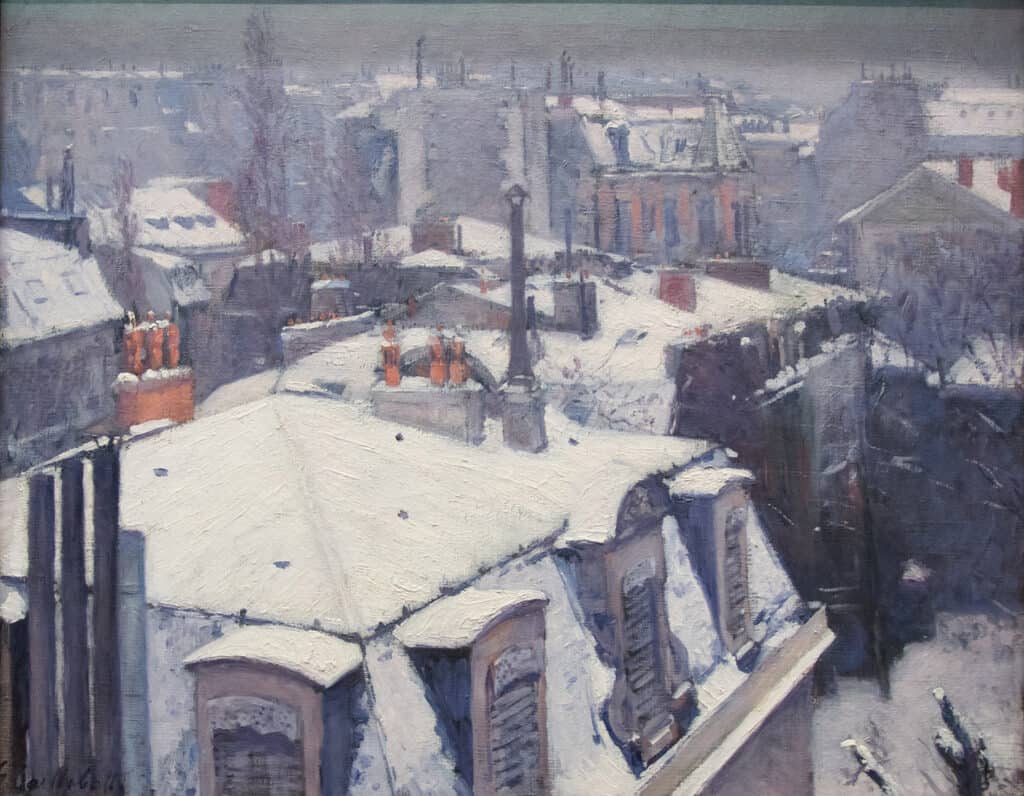
Welcome, dear readers! Have you ever wondered who are the visionaries who transform mere buildings into breathtaking works of art? What drives these artists to innovate, and how do their creations impact our daily lives and the spaces we inhabit?

In this article, we’ll explore the world of architectural artists and investigate the top 8 visionaries you need to know, highlighting their unique contributions and the revolutionary ideas they bring to the field. From the evocative landscapes captured by painters to the images recorded by the photographers, this article offers a comprehensive overview of how these artists are reshaping our built environment.
Defining Architectural Art
Architectural art is a unique form of visual art that incorporates elements of architecture, such as buildings, landscapes, and bridges, into artistic expression. This type of art can take many forms, including drawings, models, sculptures, and installations.
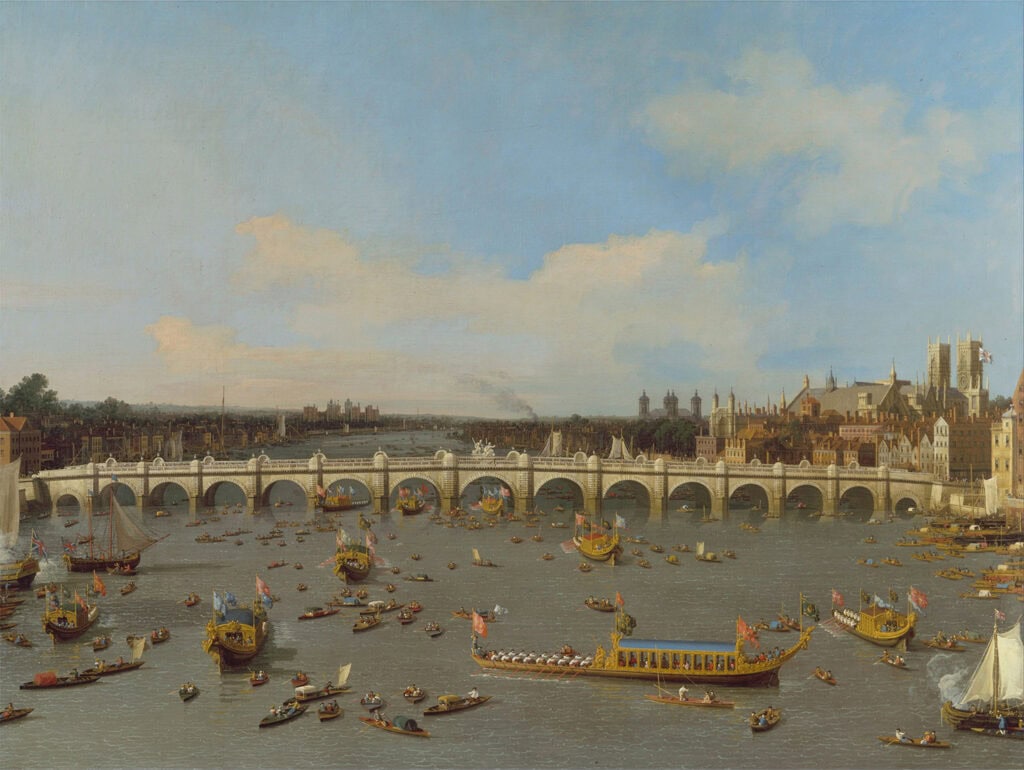
Architectural art is closely related to other art forms, such as painting, sculpture, and digital media. Many artists use architecture as a subject matter in their works, exploring the intersection between these two disciplines. Some artists also use digital media to create interactive installations that explore the relationship between architecture and art.
Architectural Artists
Architectural art is a genre of visual art that focuses on the depiction of architectural structures, elements, and landscapes. This section explores the different types of architectural artists and their unique styles, techniques, and inspirations.
1. Edward Hopper (1882–1967)
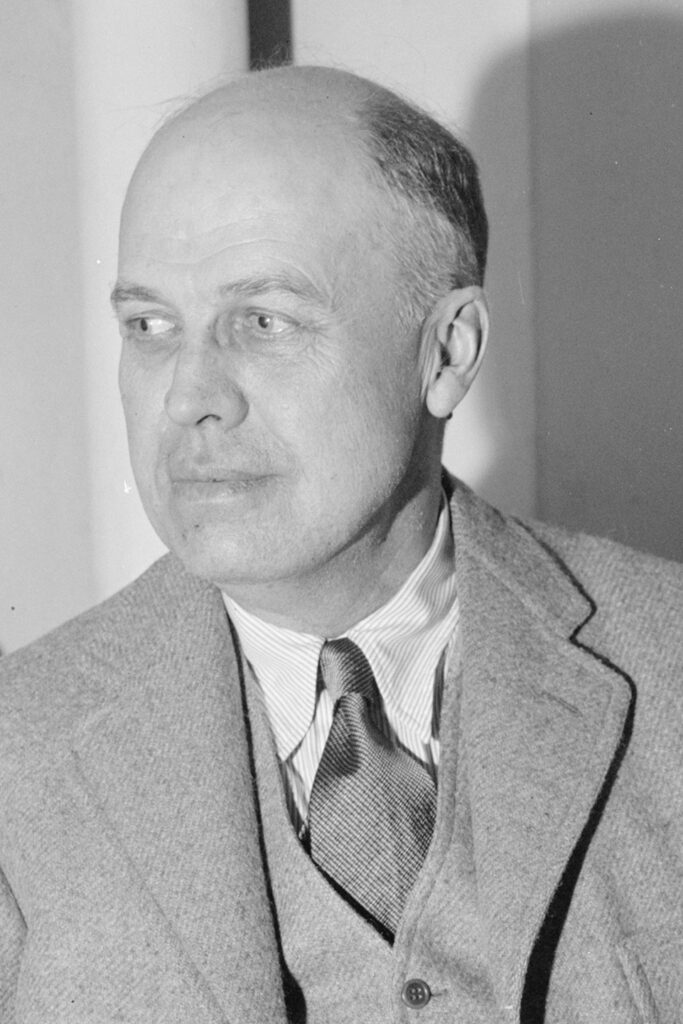
Many painters have been inspired by architecture and have incorporated it into their work. One such artist is the American painter Edward Hopper. Hopper’s paintings often depict architectural structures, such as houses, hotels, and cafes. His use of light and shadow creates a sense of isolation and loneliness in his paintings, which is characteristic of his style.
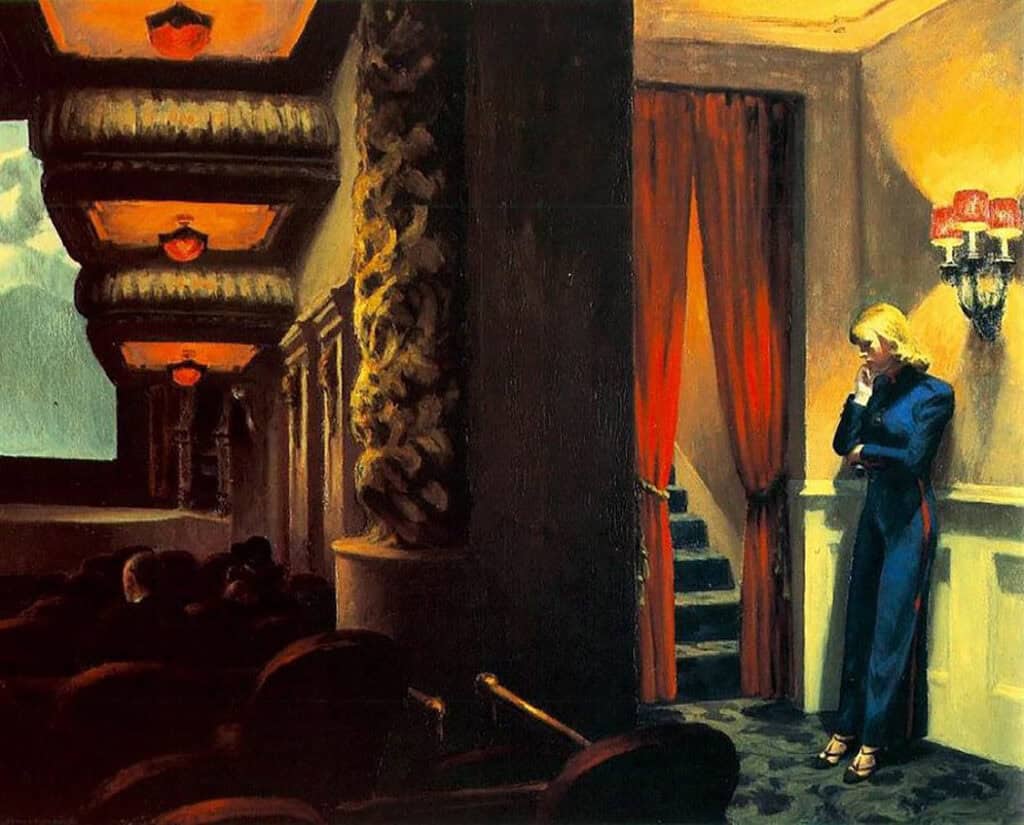
2. Kyffin Williams (1918– 2006)
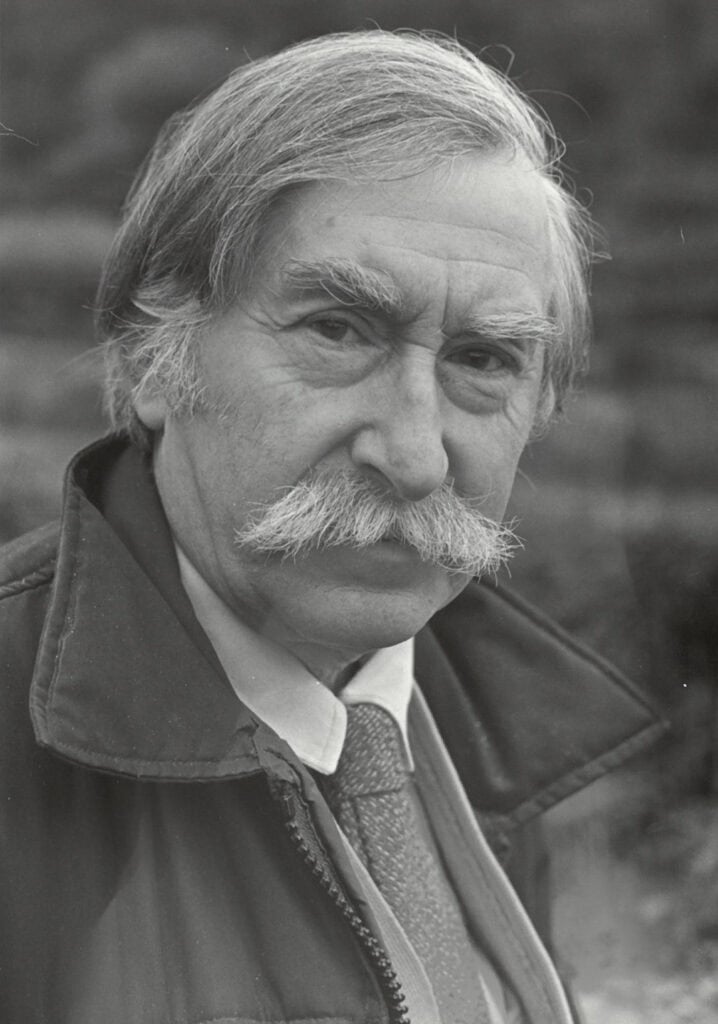
Another artist known for his architectural paintings is the Welsh painter Kyffin Williams. Williams’ paintings often depict the rugged landscapes of North Wales, which are dotted with small, white-washed cottages and farmhouses. His particular technique was applying thick oil paint with a palette knife, capturing the rugged beauty of the Welsh countryside.
3. Karl Gustav Rodde (1830- 1906)
Another notable artist in the field of architectural painting is the German artist Karl Gustav Rodde. A prominent figure in the Romanticism art movement, Rodde is renowned for his detailed and realistic depictions of buildings and villages.
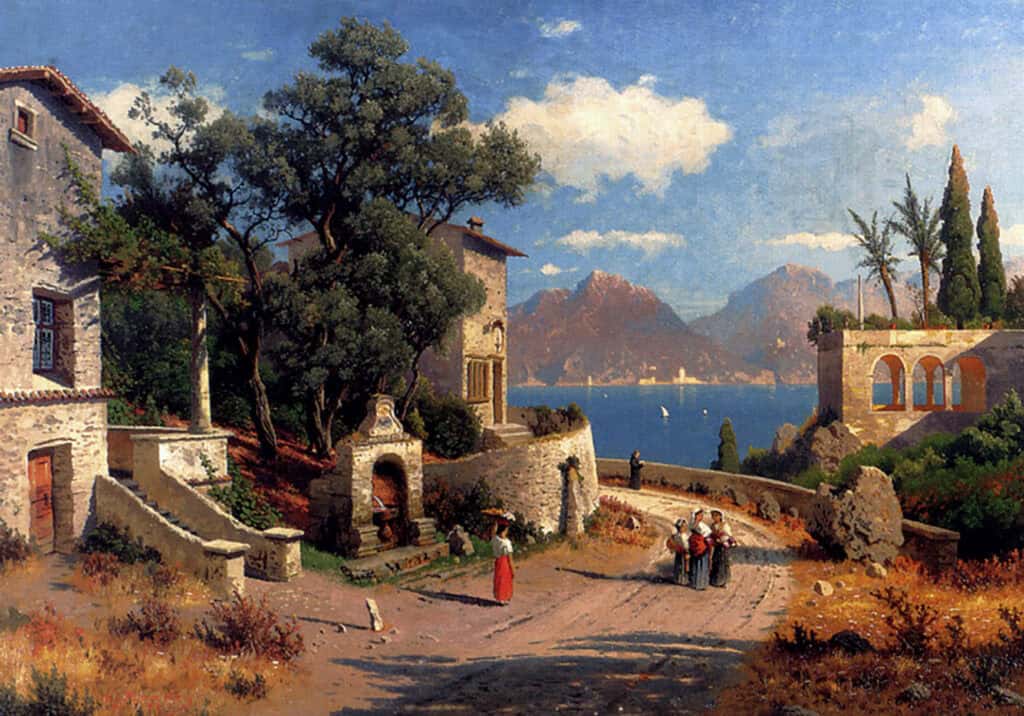
4. Gustave Caillebotte (1848- 1894)
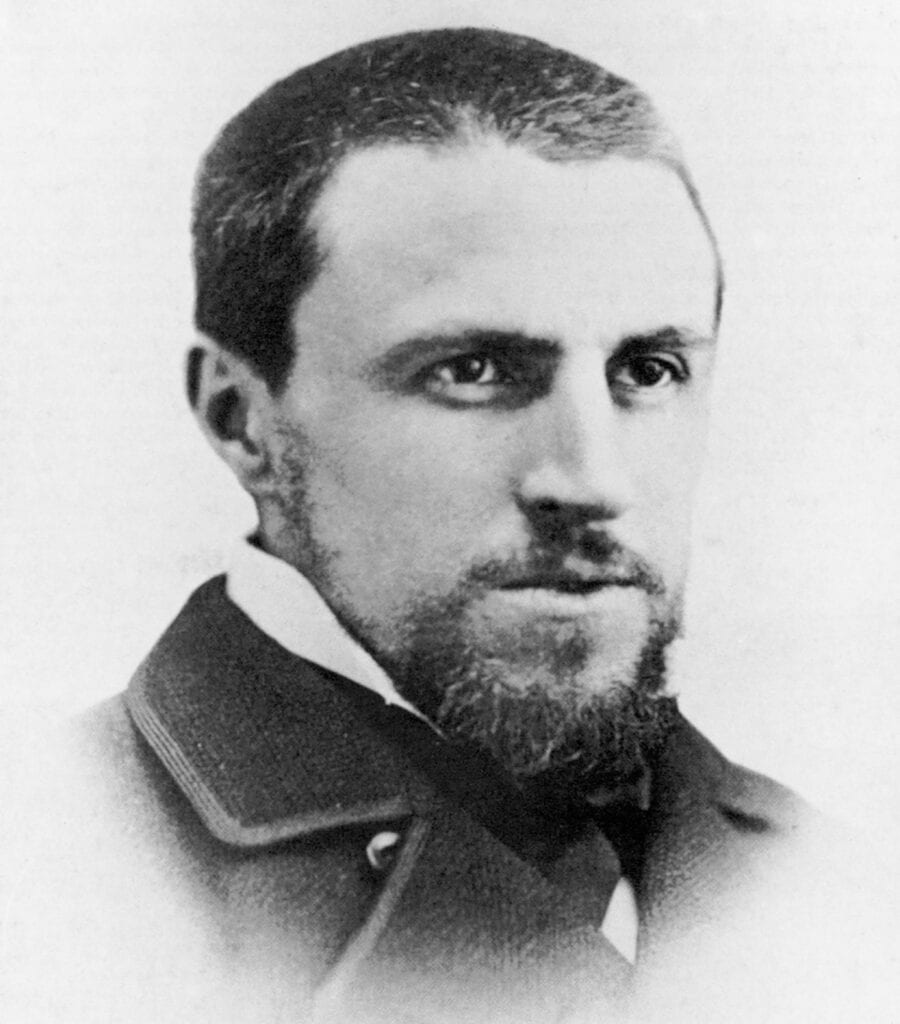
Caillebotte’s art depicted urban environments with astonishing detail and precision. His paintings vividly portrayed the bustling streets, city views, and everyday life of Paris, offering viewers a glimpse into the city’s vibrant essence.
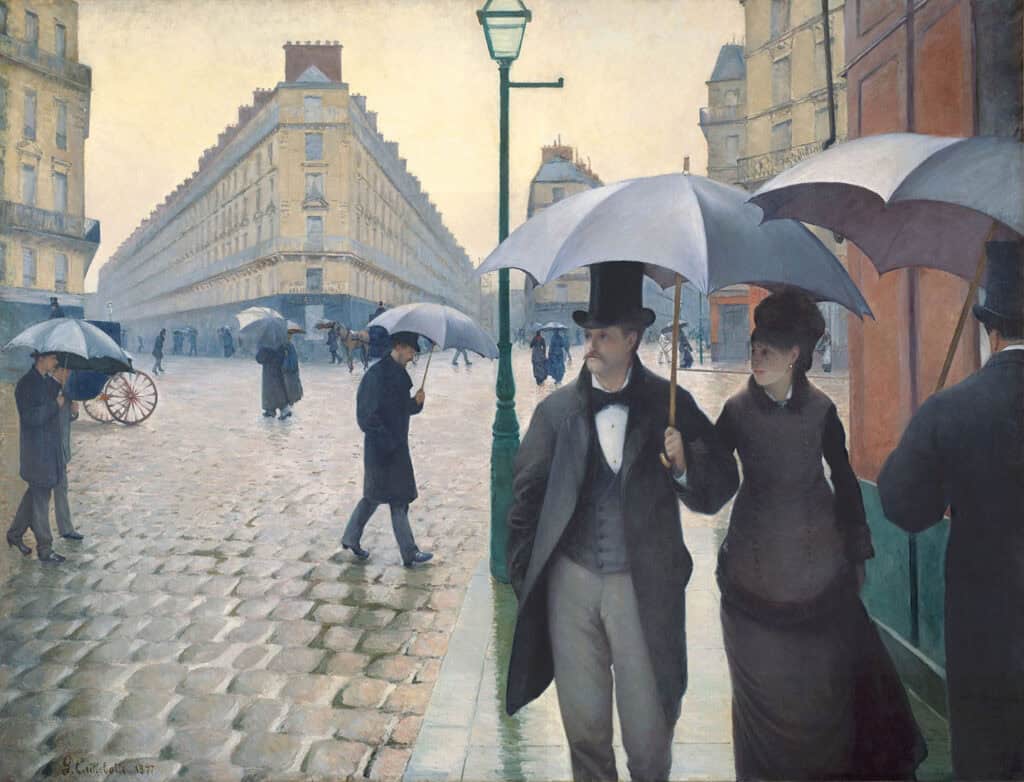
5. Claude Oscar Monet (1840- 1926)
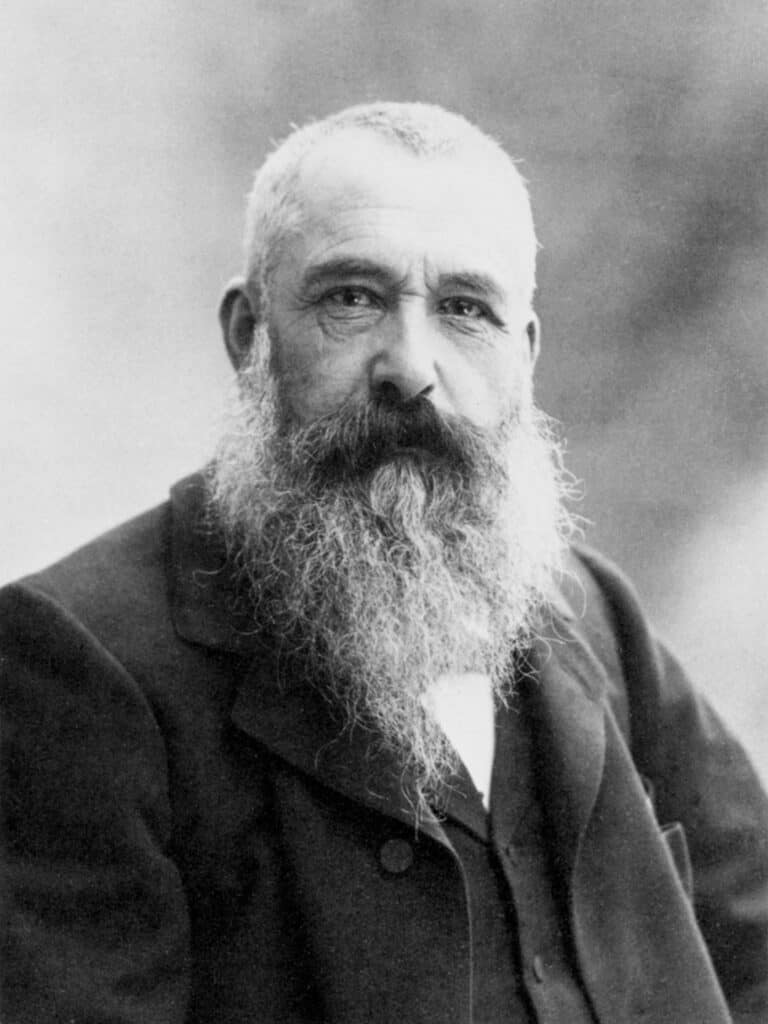
Another prominent artist renowned for his architectural elements is Claude Oscar Monet, a French painter and the founder of French Impressionist painting. Monet beautifully captured various architectural elements in his works, including bridges, houses, train stations, and even a palace.
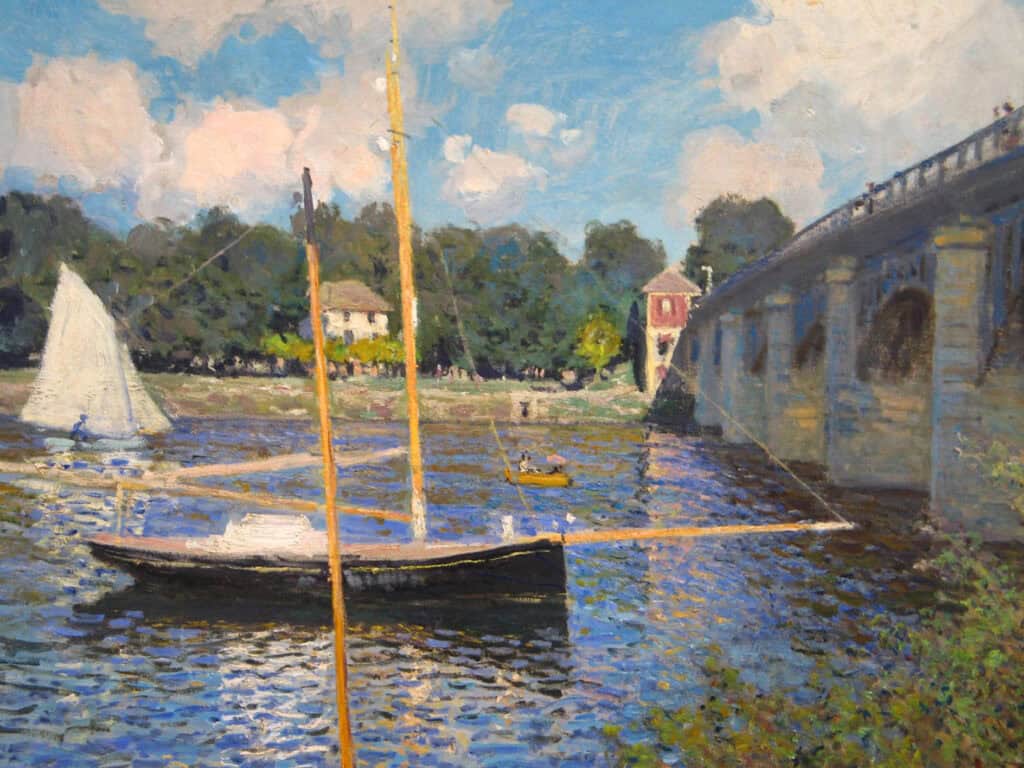
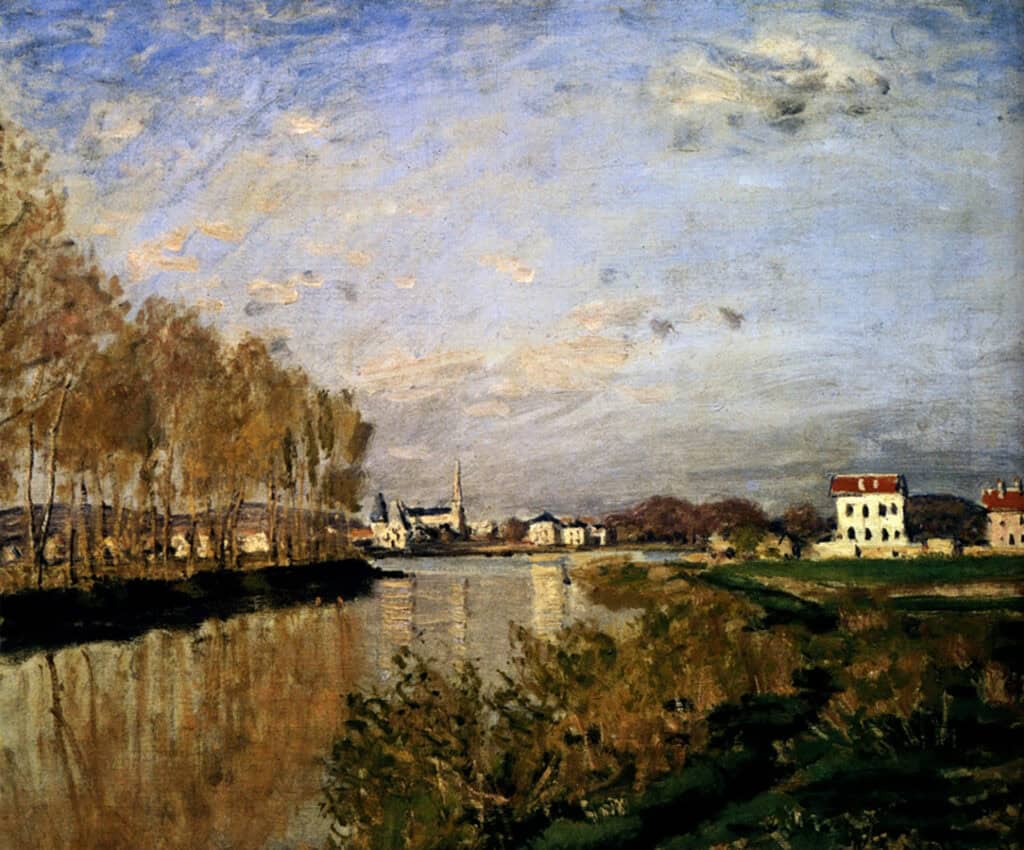
6. Zaha Hadid (1950- 2016)
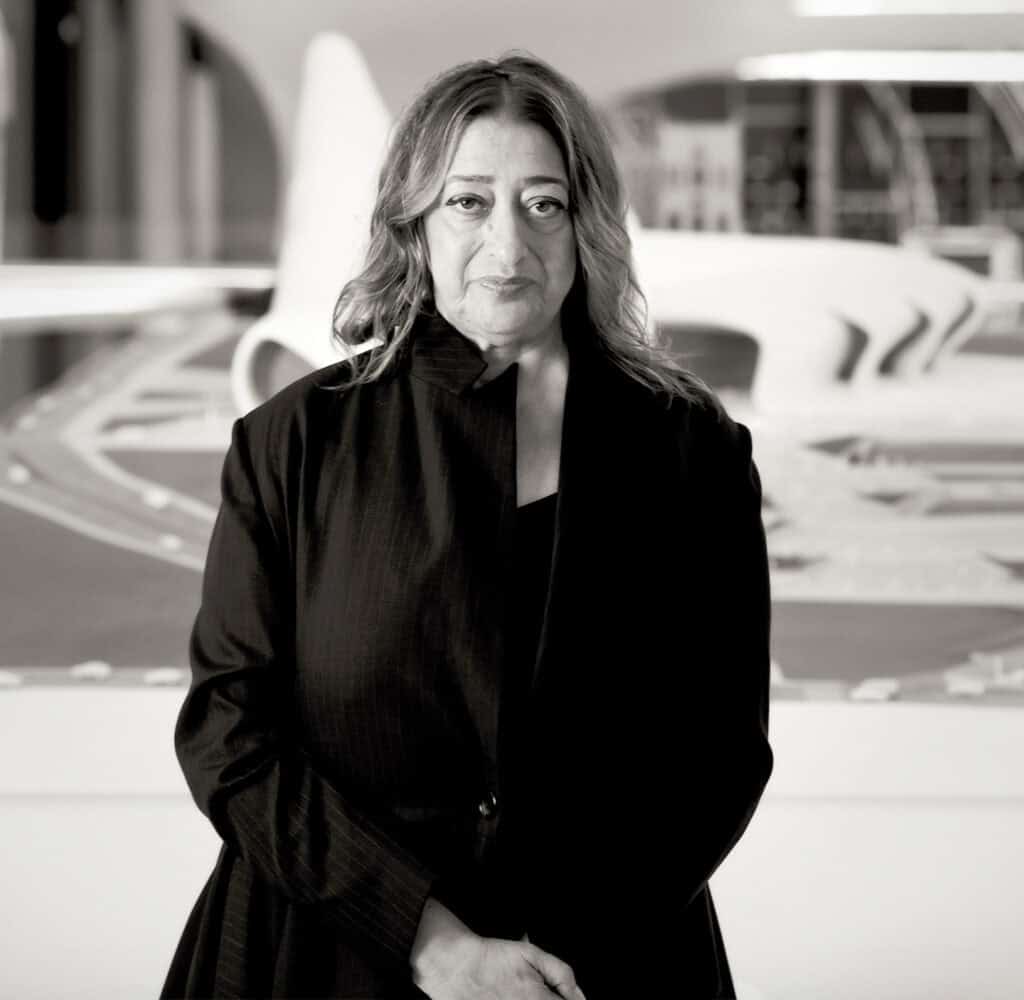
Zaha Hadid, renowned as the “Queen of the Curve,” revolutionized architectural design with her bold and innovative approach. Her iconic structures defy convention, blending futuristic aesthetics with functionality. Beyond architecture, Hadid’s influence extends to art, where she has continually pushed boundaries and challenged perceptions.
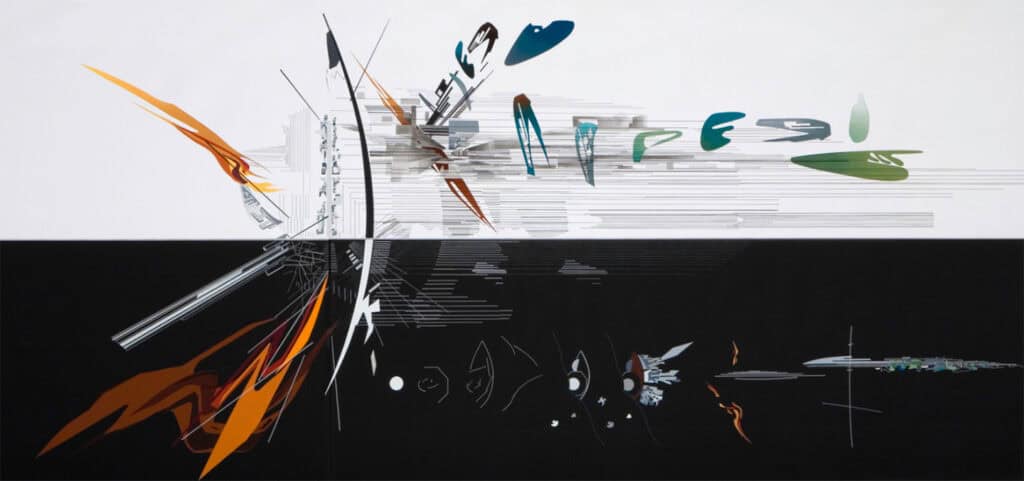
7. Giovanni Antonio Canal (1697- 1768)
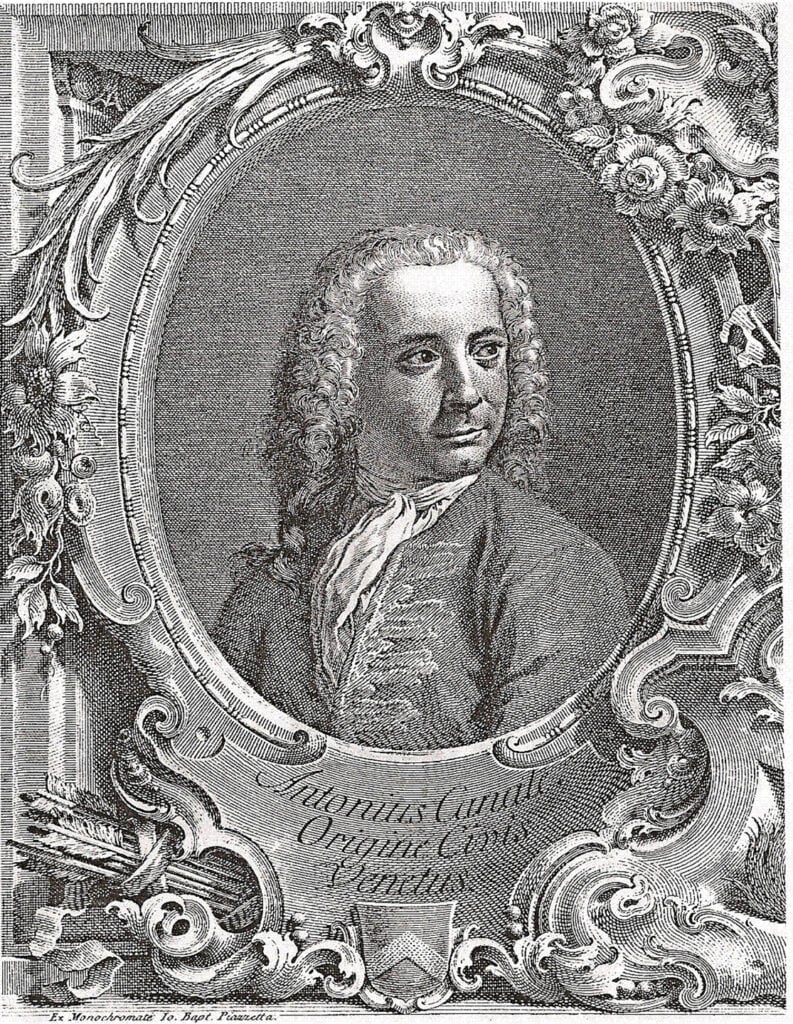
Giovanni Antonio Canal, famously recognized as Canaletto, stands as a luminary figure in the annals of Italian artistry. Renowned for his masterful portrayal of cityscapes, his oeuvre embodies the essence of 18th-century urban life.

8. Andreas Gursky (1955)
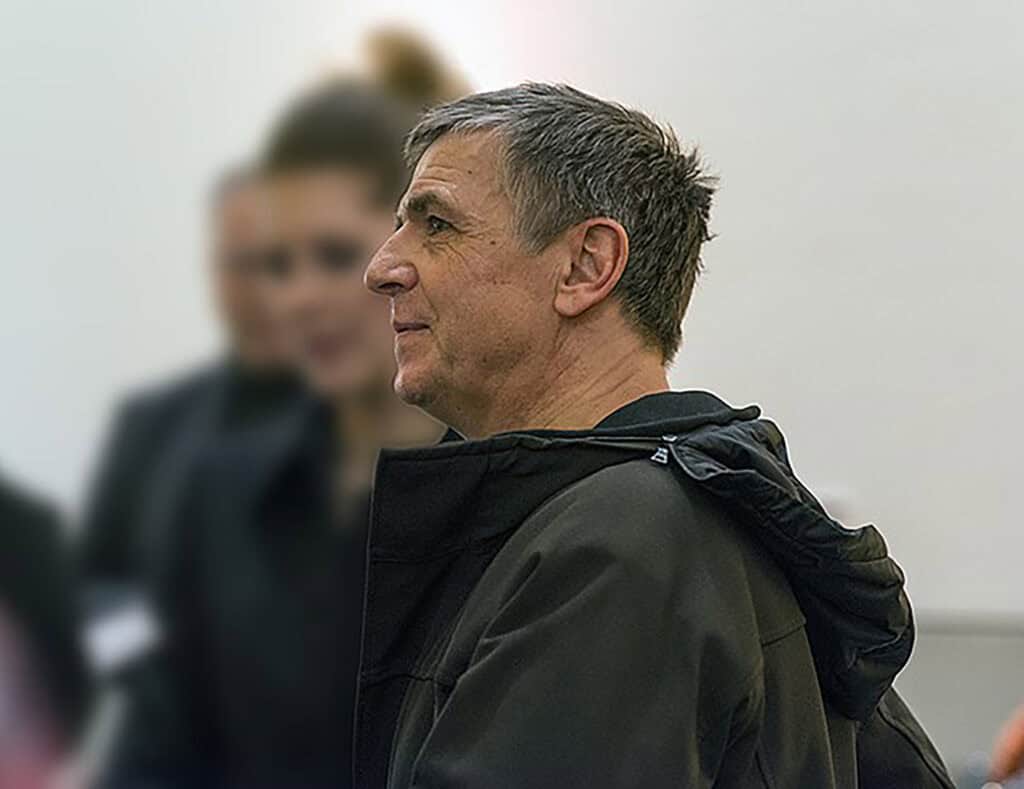
Some artists choose to focus on the relationship between landscapes and buildings. One such photographer is Andreas Gursky. Gursky’s photographs often depict large, sprawling landscapes that are dominated by massive buildings and structures. His use of digital manipulation creates a sense of scale and grandeur in his photographs.
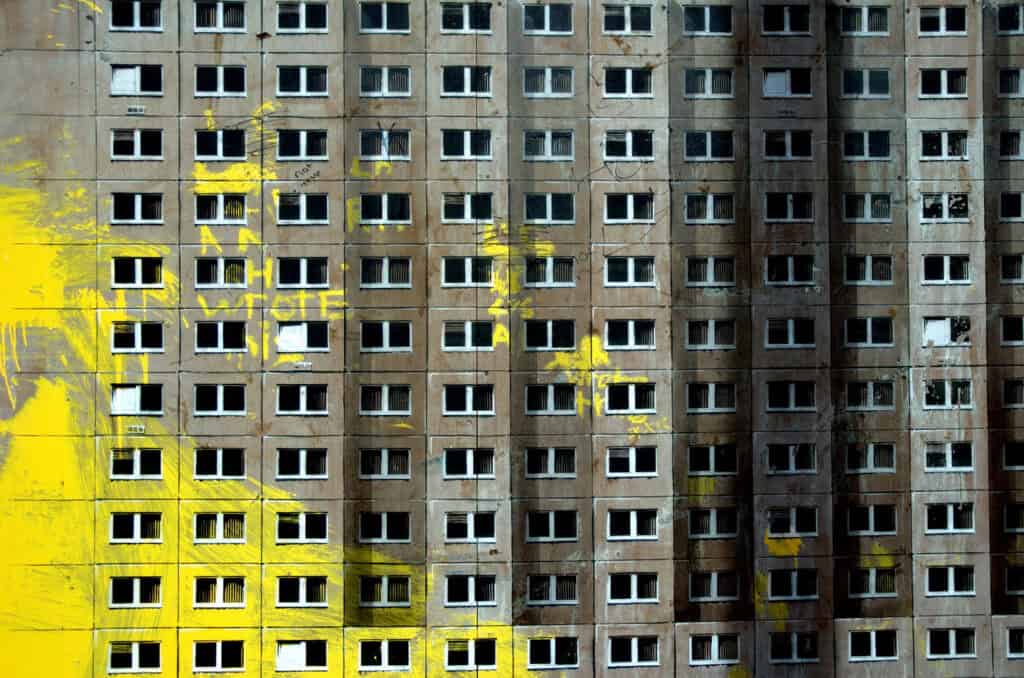
Impact and Influence
In this article, we explored the world of architectural art, which is a fascinating intersection of architecture and visual arts. Architectural art has enduring importance, as it reflects the social, cultural, and economic values of a particular time and place.
The Metropolitan Museum of Art is a great resource for exploring the history of architectural art. The museum has a vast collection of architectural paintings, sculptures, and structures, which offer insights into the evolution of architectural art over time.
These works of art have inspired many famous architects and artists throughout the world, including Santiago Calatrava, a renowned Spanish architect known for his innovative designs that combine art and engineering.










